Treesearch Insight 2023
Poster session
Here you find the abstracts for the poster session at Treesearch Insight 2023.
To get a printable version of the abstract please click on the title of the poster.
Anna David
Linköping University
Borje Norlin
Mid Sweden University
David A. Agar
SLU Swedish University of Agricultural Science
Gregor Rudolph-Schöpping
Lund University
Hafizur Rahman
Mid Sweden University
Isabela Mendes Bonfim
Lund University
Mathias Nero
Stockholm University
Matilda Johansson
Lund University
Simon Birgersson
Lund University



Contact
For questions regarding the conference and content please contact Kristin Witzel, Deputy Director for Collaboration at collaboration@treesearch.se
For questions regarding your registration contact the registrator at registrator@treesearch.se

